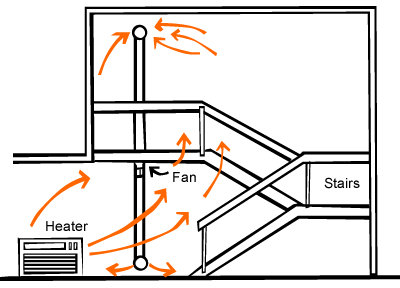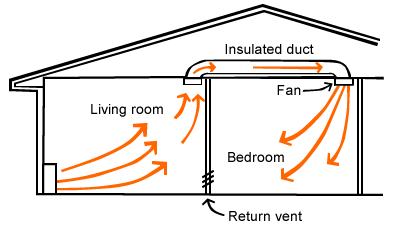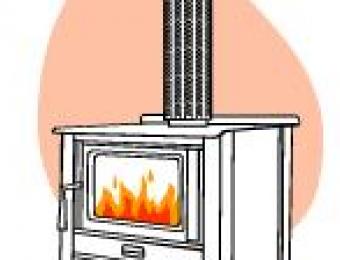In some scenarios, the effectiveness of your heating might be held back by the design of your house. For example, if you have a heater downstairs in your living area, you might find that the heat it produces disappears fairly quickly up the stairwell. This effectively means that you're not simply heating the area you need to heat, but also all of the floors above it.
Likewise, you may have a house in which you've installed a large heater which easily heats one room, but does nothing at all to provide heat to the next room along. Heat shifters can be used to easily vent heat from one area to another, and are very simple in the way they operate.

How do heat shifters work?
Heat shifters work by transferring heat from one room to another through a fan-forced duct system. For example, if you have a heater on in a living room, a heat shifter can transfer (i.e. ‘shift’) the excess heat from the living room into the colder room through a small duct with a fan in it. Using a heat shifter in this way, you can effectively extend the reach of the heater without having to install an entire central heating system or buy a new space heater just for that room.
The same system can be used to return heat to where it's supposed to be. For the stairwell example, a heat shifter could transfer heat pooling at the top of the stairs back down to the living room where it's needed.

Where should I put heat shifters?
The ducting of a heat shifter normally runs through your ceiling and wall cavities. As a result, it needs to adhere to the Building Code of Australia regulations, which say there needs to be a clearance of 400mm between ceilings and ducts. The fan component of the heat shifter can be installed at any point in the duct, so you can easily minimise noise.
The outlet vent should be placed as far away as possible from doors and windows to get the best results in the secondary room - and if possible should be situated low on the wall, or on the floor.
|
Advantages
|
Disadvantages
|



